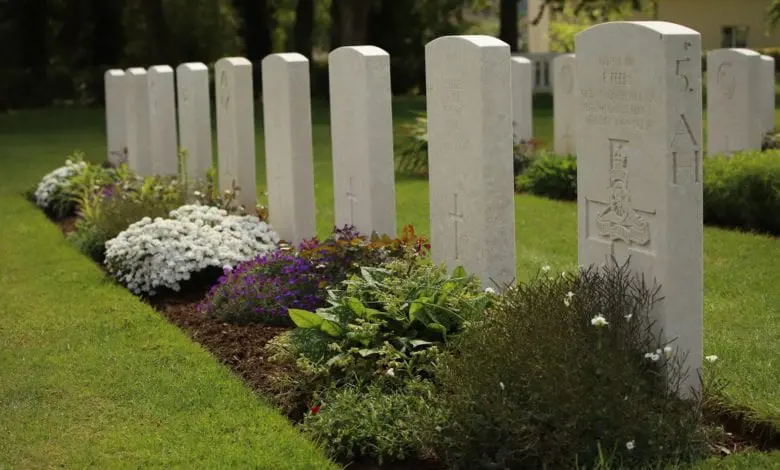Cemetery burial vs natural burial – what’s the difference?

Though often adorned with trees and flowers, a cemetery is mostly home to rows upon rows of gravestones, which can appear dominating as a growing number of burials continue to take place. Graveyards are owned by local authorities, whereas natural burial grounds are owned privately.

